
Editor’s Note: This story originally appeared on LawnStarter.
Sometimes you can do everything right for your lawn, but the grass still refuses to green up. If your turf isn’t responding to fertilizers or irrigation, there may be something wrong with the soil. We’ll show you how to improve your lawn with soil amendments.
Improving soil looks different depending on whether you’re preparing the lawn for new grass or amending an existing lawn. If you’re prepping for a new lawn, grab the rototiller. If you’re amending an existing lawn, uncoil the water hose.
What Are Soil Amendments?

It’s easy to confuse fertilizers with soil amendments. Fertilizers add plant nutrients to the soil, whereas amendments change the condition of the soil. Soils in poor condition don’t store nutrients and moisture well enough to support healthy plant growth. By adding amendments to your lawn, you can manipulate the soil’s ability to retain water, supply nutrients, and support turf growth.
How Do Soil Amendments Work?

Soil amendments change your soil’s physical properties so it can better support your lawn. Amendments can do the following to your soil:
- Lower or raise the soil pH level.
- Loosen the soil to help prevent compaction and encourage root growth.
- Add beneficial microorganisms that help make nutrients available for turfgrass and other plants.
- Adjust the soil’s water retention and drainage. For example, soil amendments can help make heavy clay soils more permeable and help sandy soils retain more water.
- Improve the soil’s nutrient-holding capacity. For example, root systems struggle to uptake nutrients when the soil is too acidic.
- Add beneficial nutrients to the soil. (Depending on the soil amendment, it can act as both an amendment and fertilizer.)
Common Soil Amendments for the Lawn
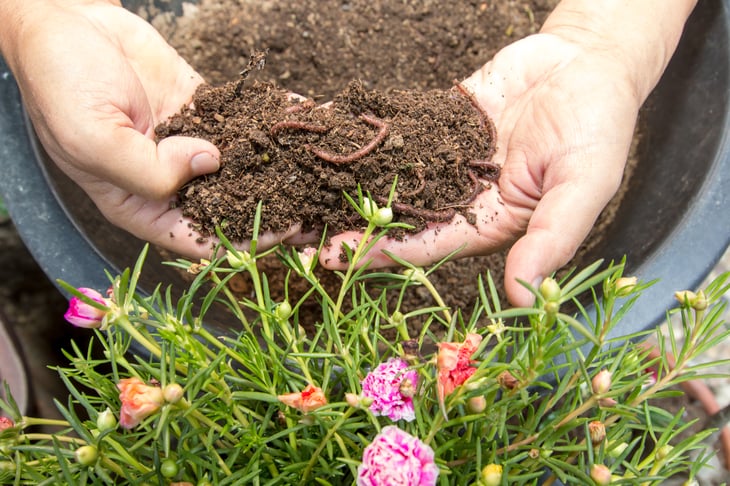
There are several substances you can use to improve the look of your lawn.
Organic Matter

Organic material is magic for your yard. It can solve nearly any physical problem your soil may have. Organic matter makes up between 3% to 5% of healthy soil. Though its presence may be small, it significantly affects the soil’s condition.
Here’s what organic matter can do for your lawn’s soil:
- Reduce soil compaction in clay soils by loosening the soil
- Improve drainage and aeration in clay soils
- Improve water retention in sandy soils
- Provide food for soil organisms that encourage lawn and soil health, such as earthworms
- Act as an organic fertilizer
- Add microbes that help release nutrients to plant roots
Examples of organic amendments include:
- Compost
- Wood ash
- Composted animal manure
- Shredded leaves
- Humus
- Peat moss
- Sawdust
- Worm castings
Lime

Lime is a soil amendment made from ground limestone, which contains calcium carbonate and sometimes magnesium carbonate. It raises the soil’s pH level, making the soil less acidic and more alkaline. When soil pH drops below 5.5, a lime amendment can help raise the soil to an optimal pH level between 6.0 and 7.0.
Why is acidic soil a bad thing? When soil becomes too acidic, nutrients become less available for turfgrass.
Elemental Sulfur
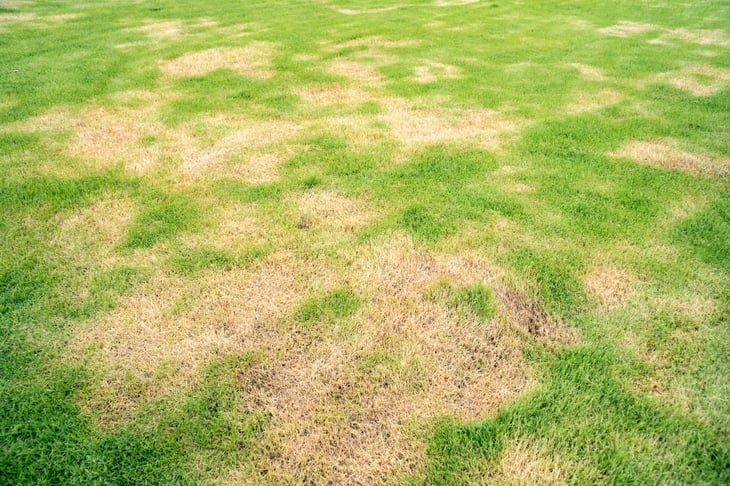
When the lawn turns yellow, most homeowners assume it’s nitrogen deficient. But the yellowing may indicate iron chlorosis. Iron becomes less available when soil is alkaline (above 7.0 pH). You can lower the soil pH to a slightly acidic, neutral range by applying elemental sulfur.
Aluminum Sulfate
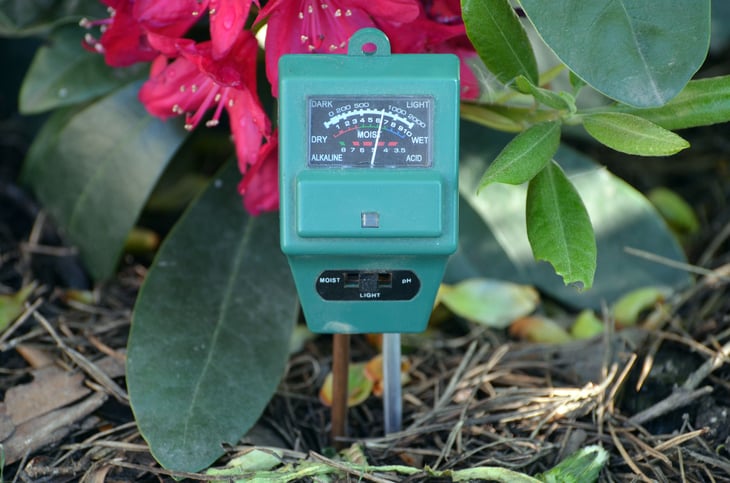
Aluminum sulfate is another amendment that reduces soil pH to make it less alkaline. Aluminum sulfate lowers soil pH almost instantly, whereas elemental sulfur can take up to a year to change the soil pH. That’s because elemental sulfur depends on biological reactions while aluminum sulfate requires chemical reactions.
Pro Tip: Iron sulfate is another soil amendment that can lower soil pH. It acts fast, just like aluminum sulfate.
How to Apply Soil Amendments to the Lawn

Next, let’s review the steps involved in adding soil amendments to a lawn.
Step 1: Perform a Soil Test

Amending the soil isn’t a guessing game. Why? Because applying the wrong soil amendment (or applying the wrong amount) can do more harm than good to your soil. Perform a soil test so you can amend your soil appropriately.
You may be familiar with at-home DIY soil test kits. But when it comes to amending your soil, you want professionals to test your soil. Most universities and cooperative extensions offer professional laboratory soil testing. Visit their websites to learn more about preparing and delivering a soil sample.
DIY soil test kits won’t provide you with enough information on how to amend your soil. A laboratory test will reveal the best amendment for your type of soil and how much to apply.
Step 2: Work Amendments Into the Soil
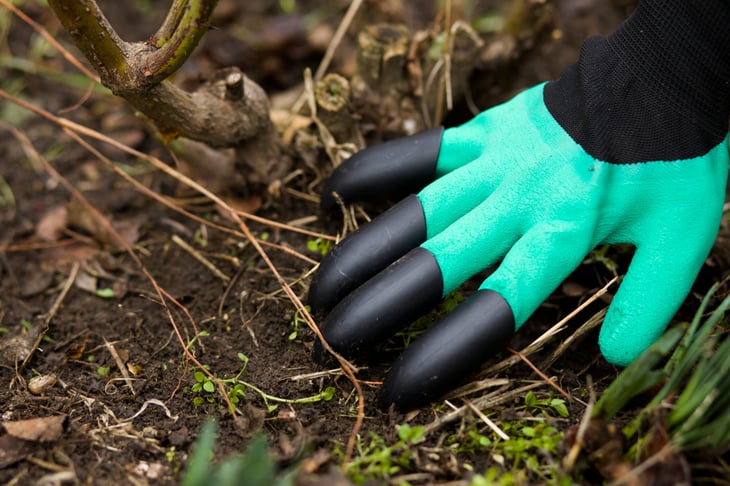
If you’re preparing the ground for a new lawn, add the recommended amendment to the bare soil (remember to refer to your soil test results). Otherwise, if you’re amending soil for an established lawn, move on to Step 3.
After spreading the amendment across the yard, work it 6 inches deep into the soil. The best way to mix the soil and amendment material is with a rototiller.
Pro Tip: Do not perform this step when the soil is too wet or dry. Otherwise, you’ll destroy the soil structure. If the soil is wet enough to come together into a ball but dry enough that it shatters when you drop it on the ground, the ground is ready to till.
Step 3: Sprinkle Amendments on Established Lawn
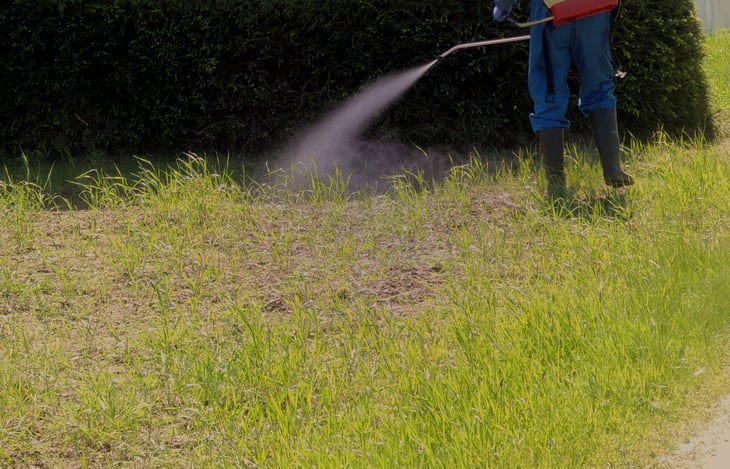
If you’re amending soil for an established lawn, you won’t be able to work the amendment into the ground (doing so will destroy your yard). Instead, spread the recommended amendment over the lawn and water it deeply into the soil.
Note: A “deep watering” wets the soil down to at least 6 inches according to Texas A&M. If you have clay or dense soil, cycle the sprinklers to allow water to soak into the soil and prevent runoff. (This is called the cycle and soak method.)
For example, if you normally run a zone for 20 minutes, break that up into two or three cycles with 30 to 60 minutes rest between each cycle. This will help achieve a deep soak and strong root growth for your grass without any runoff or erosion.
Pro Tip: Increase soil exposure by aerating and dethatching the lawn before application. These lawn tasks will help the amendment penetrate the soil.
FAQ About Soil Amendments

And now, let’s review some common questions about soil amendments.
Will Adding Sand Improve Drainage in Clay Soil?

No, sand is not a suitable soil amendment for clay soil. Most people assume that sand will increase drainage in clay soil, but it does the opposite. The sand and clay create a soil structure that’s similar to concrete. The soil becomes compacted, which means water can’t penetrate the soil.
Can Soil Amendments Add Nutrients to the Soil?
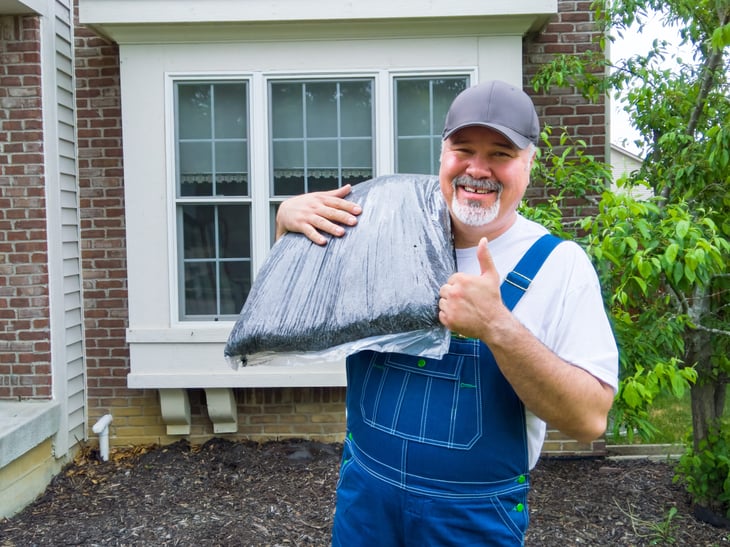
Yes, soil amendments can add nutrients to the soil, but that doesn’t mean all soil amendments are fertilizers. Remember, amendments are like a conditioner for the soil, whereas fertilizers provide nutrients. However, some soil amendments add nutrients as a nice bonus.
Are Soil Amendments and Mulch the Same Thing?
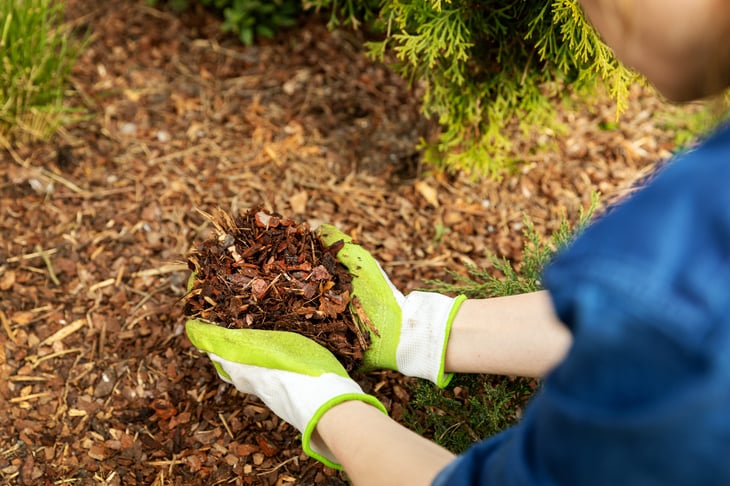
Soil amendments work differently from mulch. Soil amendments are worked into the soil to improve the soil’s physical properties. On the other hand, mulch is applied to the soil surface to block weed seeds, add nutrients, and retain moisture. Keep in mind that you can use some materials as either mulch or soil amendments, such as compost or wood chips.
Can I Add Soil Amendments to My Garden?

Yes, soil amendments are perfect for your garden soil. Add amendments to flower garden beds and your vegetable garden.
